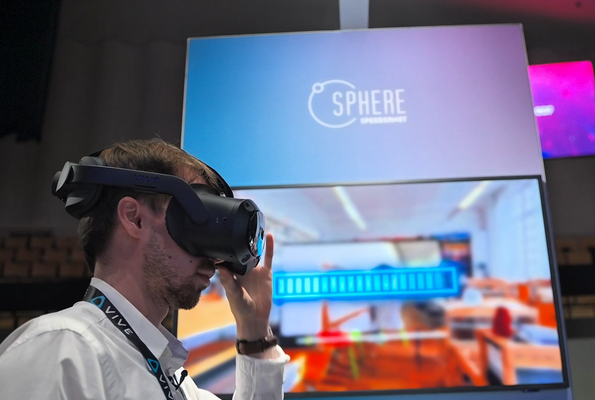Dentsu Survey: Immersive Media as Extension of Social Interaction

Extended Reality
4-minute read
What exactly are people doing in the virtual world nowadays? It's not as simple as we might think. A study on "Immersive Media" conducted by Dentsu's XRX STUDIO in Japan reveals several interesting phenomena; people are socializing and even creating within these platforms, extending their real-life interactions through immersive multimedia experiences.
This survey was carried out from the end of August to early September in 2024, targeting 100,000 Japanese residents aged 10 to 59. The respondents were users or players of 3D computer graphics games, metaverses, and augmented reality advertising (collectively referred to as "immersive media," a broadly defined term). Here are three key takeaways we've compiled:
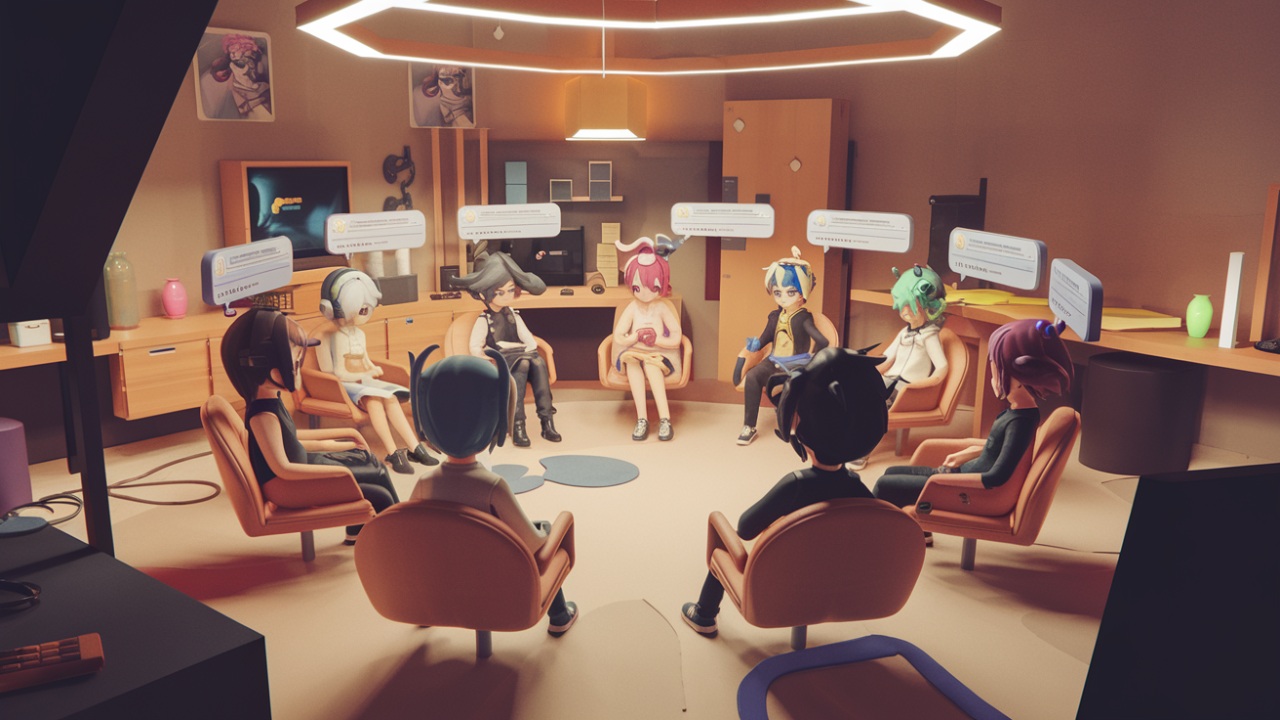 In the same room, but chatting on a virtual platform. (Source: Ideogram Co-Creation)
In the same room, but chatting on a virtual platform. (Source: Ideogram Co-Creation)
1. 3D Games and Socialization in Virtual Spaces: Extending Real-Life Friendships
The survey found that people spend more time on immersive media than on social media, averaging 59.8 minutes per day compared to 46.6 minutes for the latter.
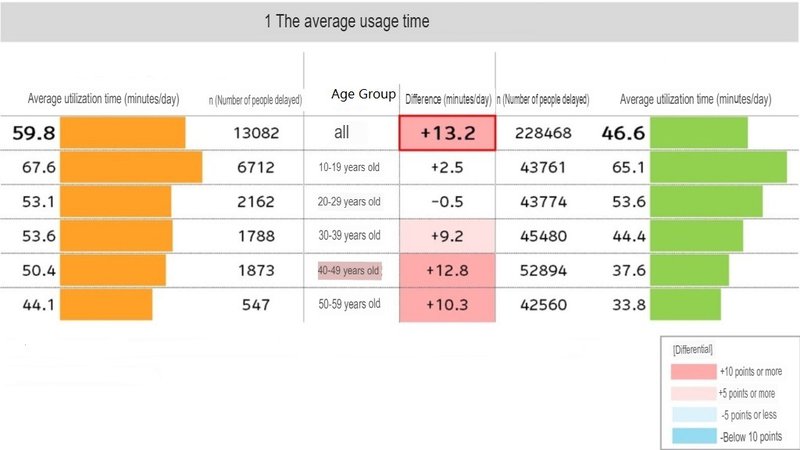
Table 1: Daily Time Spent on Immersive Media vs. Social Media (Past Month), Showing Immersive Media Average at 59.8 Minutes.
Moreover, the top three uses of immersive media all involve interaction with real-life friends or acquaintances: gaming venue (78.9%), social chatting and calling (73.7%), and gathering in shared virtual spaces (72.0%).
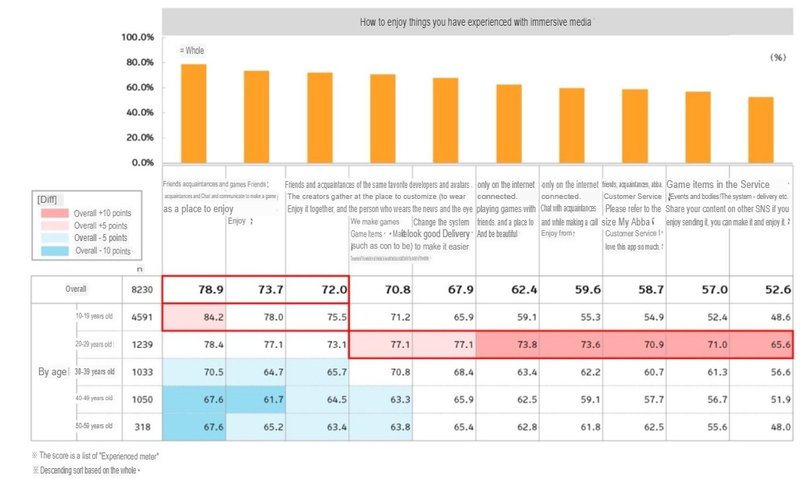
Table 2: 'Top entertainment experiences in immersive media,' all involving real-life acquaintances.
This shows that the virtual world has become an extension of real-world social interactions. Consider how we invite friends to team up in Dota, chatting and battling together, or take the example of Knit's Island—where the post-apocalyptic game DayZ transformed into a casual hangout space. The popularity of the VR game Gorilla Tag further validates this trend.
Notably, while the 40-49 age group shows lower engagement with immersive media (11.2%, Table 4), this smaller user segment demonstrates strong commitment, with 50.4% preferring immersive media over social media for socializing. This raises intriguing questions: Has this generation discovered a more meaningful form of virtual social interaction? Or are they simply more adept at focused virtual social engagement? These questions merit further investigation.
2. Generational Differences in Immersive Media: Implications for Business Future
The charts indicate that the 10-19 age group represents the most engaged users, being digital natives to immersive media. This demographic shows highest awareness (89.8% know at least one major immersive media service), highest usage rate (65.3%, compared to 12.6% average for other age groups), and longest daily engagement (67.6 minutes, Table 1). They also demonstrate the strongest tendency to socialize on immersive media platforms.
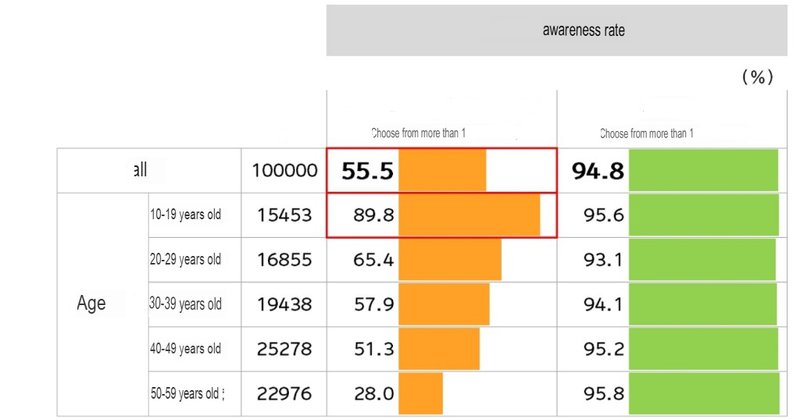
Table 3: 'Awareness of Immersive Media,' with teenagers scoring as high as 89.8%.
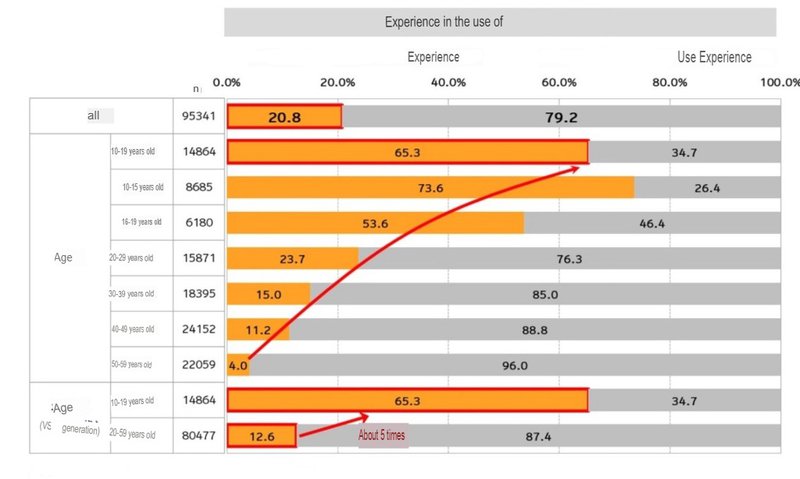 Table 4: 'Have you ever used immersive media?' Teenagers are five times more likely than other age groups.
Table 4: 'Have you ever used immersive media?' Teenagers are five times more likely than other age groups.
However, the 20-29 age group demonstrates distinct usage patterns in immersive media. This group leads in both 3D content creation experience (63.6%) and creation frequency (23.2% reporting regular creation). They also show the highest engagement with creator content and live streams (77.1%, Table 2).
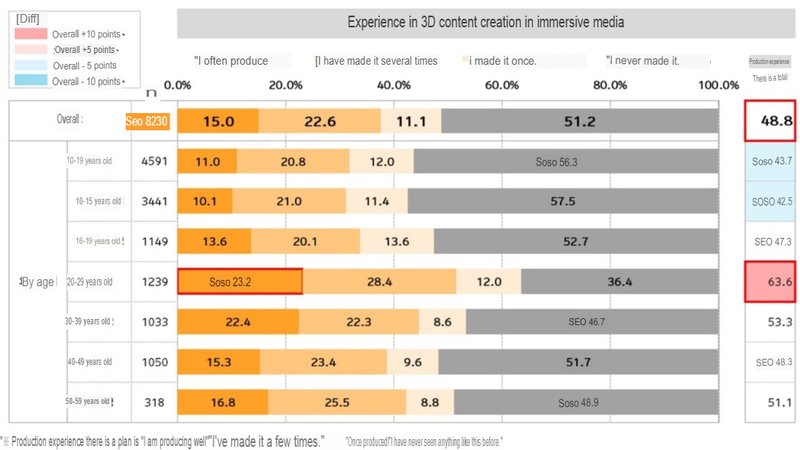 Table 5: '3D Content Creation in Immersive Media,' showing highest creation rates among 20-29 age group.
Table 5: '3D Content Creation in Immersive Media,' showing highest creation rates among 20-29 age group.
Despite only partial overlap between their life experience and immersive media development, this group's economic capacity and technical proficiency position them advantageously. Their evolution from 'beginner users' to 'advanced users' suggests a broader trend: as users become more familiar with immersive media, they increasingly engage in content creation, potentially fostering a creator economy within the larger creative ecosystem.
The key challenge ahead lies in how metaverse and gaming platforms can successfully integrate social features with monetizable creative functions, enabling simultaneous social engagement and financial investment opportunities.
3. VR Users as Leading Content Creators: Equipment's Role in Creative Participation
Analysis of device usage patterns shows that 'frequent creators of 3D content' predominantly use high-end devices: PC users at 62.5% (+13.1 percentage points above average), tablet users at 58.1% (+15.1 points), and VR headset users at 32.1% (+20.5 points).
The most striking disparity appears in VR headset usage, where 32.1% are 'frequent creators' compared to just 4.4% 'never creators.' This suggests a strong correlation between high-end device ownership and content creation participation. While creation needs may drive high-end device purchases, the data reveals a broader pattern: VR users show the highest engagement with metaverse platforms. This could potentially catalyze a positive feedback loop: more creators → enhanced content → expanded user base → increased creator community.
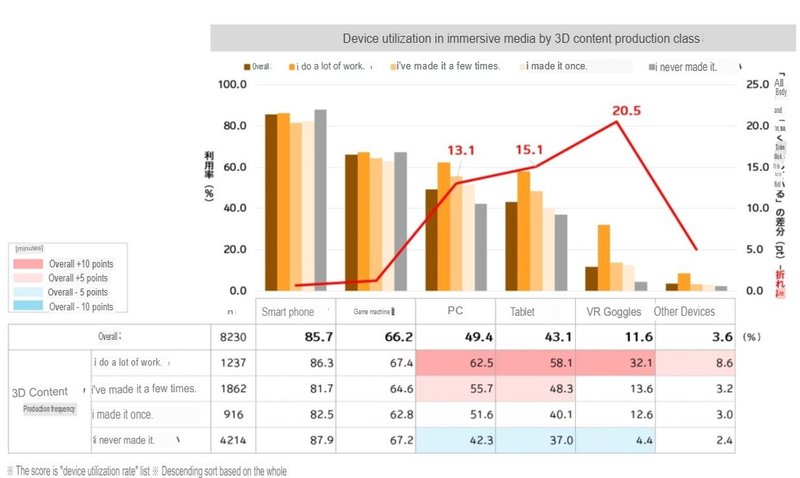
Table 6: 'Device Usage Patterns by Creation Frequency,' highlighting significant usage gaps for high-end devices (VR headsets, tablets, PCs) among frequent creators, while smartphone usage remains consistent across all user groups.
While this survey has limitations—notably the lack of specific platform data—and Japan's metaverse development path may not directly translate to other regions, Dentsu's findings reveal significant insights. The research indicates an evolving perception of the metaverse as an 'extension of real social interactions,' potentially foreshadowing future attitudes toward virtual worlds. Moreover, as an internal report promoting XR business, its implications may influence industry positioning and development strategies, making these trends particularly worthy of observation.

